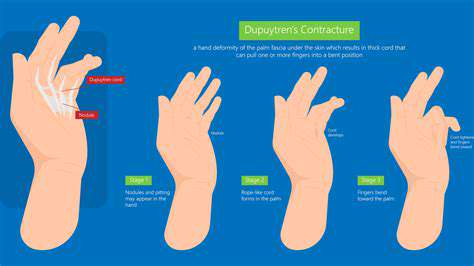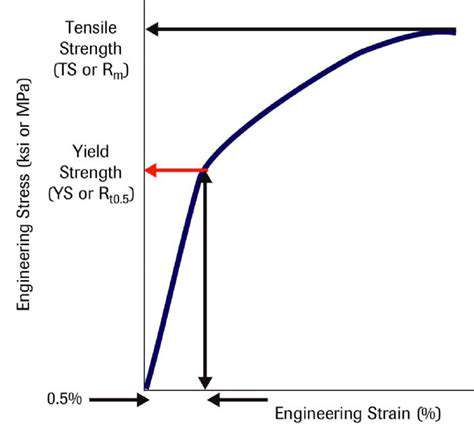This website is dedicated to all aspects of hand and arm health. We cover the latest surgical trends, such as revolutionary techniques in hand surgery and advancements in robotic arm prosthetics. There are detailed guides on injury prevention, like how to avoid wrist injuries and repetitive strain injuries. We also offer a plethora of exercises for different groups - from athletes looking to optimize hand strength for sports to seniors aiming to improve hand mobility. Our content includes in - depth looks at hand and arm anatomy, the role of nutrition in hand health, and how to manage common conditions like carpal tunnel syndrome and hand arthritis. Whether you're seeking information for personal health or professional knowledge, our blog is a reliable source for hand and arm health insights.
Nutritional Supplements for Optimal Hand Joint Health
Jul 13, 2025
Effective Hand Care Strategies for Digital Nomads
Jul 13, 2025
Understanding Dupuytren's Contracture: Causes and Solutions
Jul 12, 2025
Trendsetting Workouts for Robust Arm Fitness
Jul 12, 2025
Ultimate Guide to Enhancing Hand Muscle Endurance
Jul 12, 2025
Understanding the Anatomy of Hand Ligaments in Detail
Jul 11, 2025
Vital Strategies for Sustaining Arm Mobility
Jul 11, 2025
Futures in Hand Strength Training and Fitness
Jul 11, 2025
Premier Finger Drills for Increased Dexterity
Jul 11, 2025
Smart Technologies for Tracking Hand Performance
Jul 10, 2025
Breakthrough Trends in Wrist Support Technology
Jul 10, 2025
DIY Hand and Arm Stretching Exercises for Home Workouts
Jul 09, 2025
Practical Tips for Maintaining Healthy Hand Joints
Jul 09, 2025
How to Enhance Your Finger Strength for Gaming
Jul 09, 2025
Smart Gloves: The Intersection of Technology and Hand Health
Jul 08, 2025
Virtual Reality in Hand Rehabilitation: Benefits and Techniques
Jul 08, 2025

















